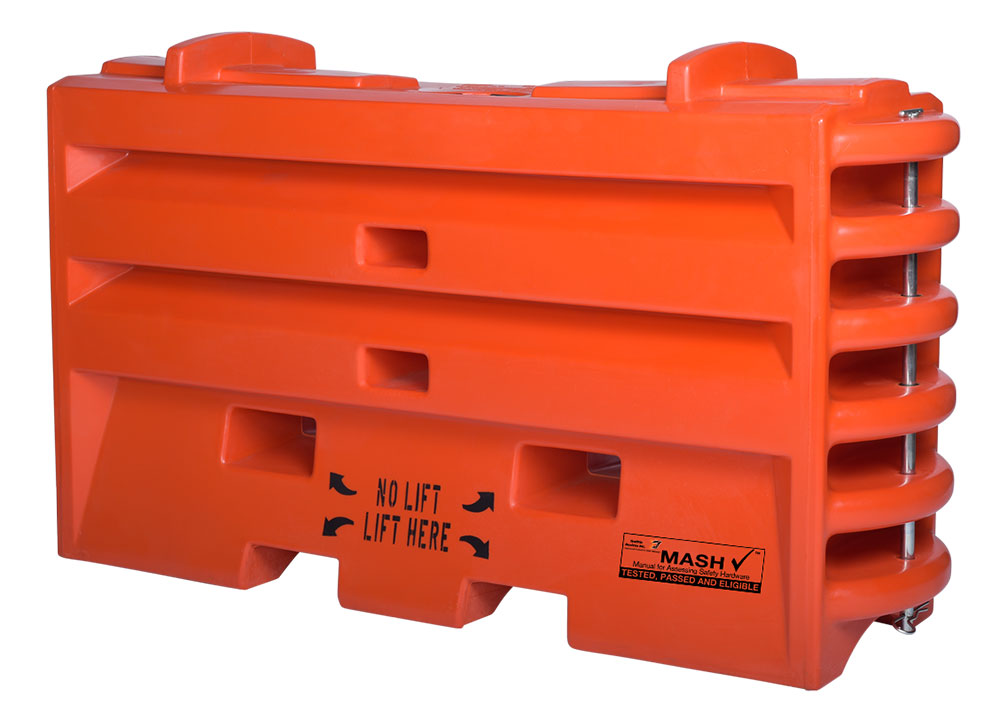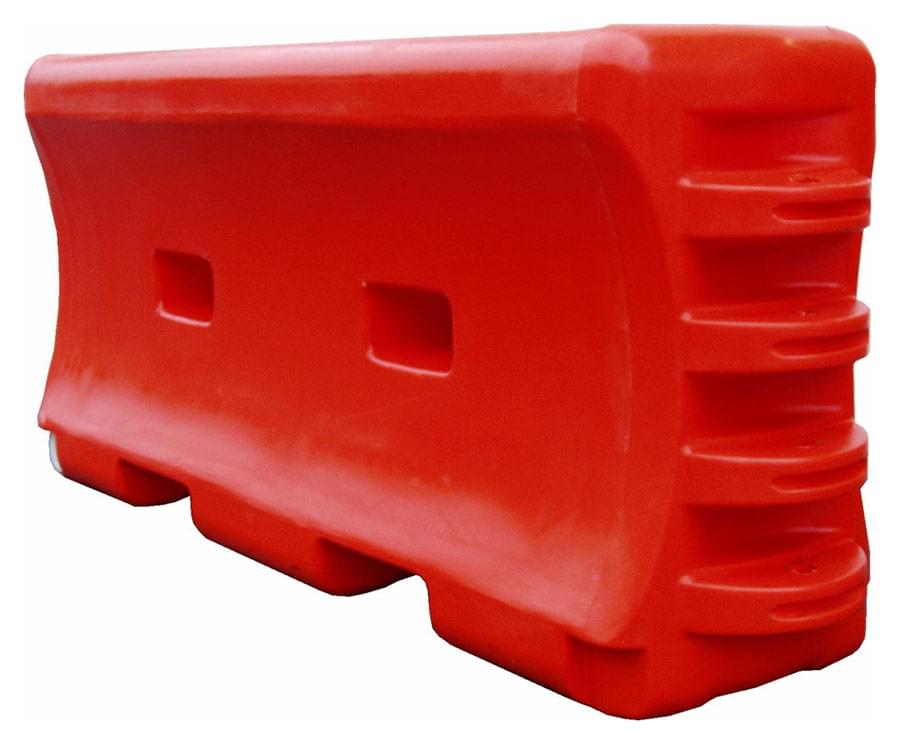888.650.7623
Barricades | WaterWall
Waterwall Style Barricades: Efficient and Versatile Longitudinal Channeling Devices
Waterwall style barricades are a modern and adaptable solution in traffic management and construction safety. Classified by the Federal Highway Administration (FHWA) as Longitudinal Channeling Devices (LCDs), these barricades are designed to guide and channel traffic effectively while providing a flexible and cost-efficient alternative to traditional barriers.FHWA Classification and Benefits
The FHWA's designation of waterwall barricades as Longitudinal Channeling Devices (LCDs) highlights their primary function: to delineate traffic lanes and direct vehicular flow in a controlled manner. Unlike barrier devices, which are meant to stop or significantly slow down vehicles upon impact, LCDs focus on guiding traffic safely through construction zones, detours, and other temporary roadway changes. Key Advantages:- Flexibility and Ease of Deployment: Waterwall barricades are lightweight and easy to install, making them ideal for dynamic and frequently changing environments. Their modular design allows for quick setup and adjustment to suit varying lengths and configurations.
- Cost-Effectiveness: Compared to traditional barriers, waterwall barricades are more affordable to produce, transport, and maintain. Their ability to be filled with water on-site significantly reduces transportation costs.
- Enhanced Safety: By channeling traffic smoothly and predictably, LCDs help reduce the risk of accidents and improve overall road safety. They are particularly effective in low-speed environments where guiding vehicles is more critical than stopping them abruptly.
- Versatility: Suitable for a wide range of applications, including road construction zones, event management, and emergency response situations, waterwall barricades can be used in various settings to ensure efficient traffic control and pedestrian safety.





